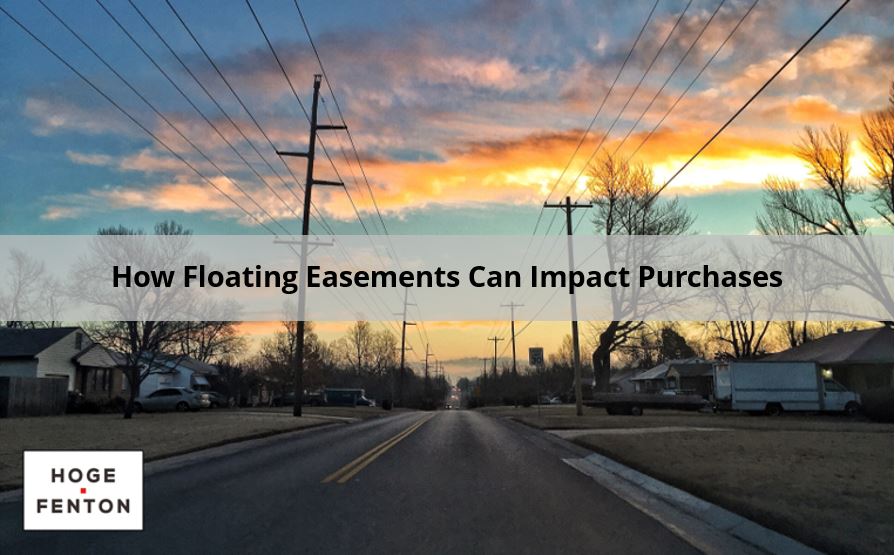A floating easement is a general right to use and/or enter another person’s property for a specific purpose. It allows access but does not clearly define the location and dimensions of the easement, so the owner can change the access route.
Sometimes, this floating easement can become a permanently-located easement without the owner’s knowledge. This creates two problems:
- When property is newly acquired, the owner may believe that an easement is floating (no clear definition of location and dimension) when in fact the easement has become a permanently-located easement with a specific location and dimensions. It may not be possible to change the easement route. This may create a problem later on when the new owner tries to change the access.
- The existing owner may believe that an easement’s route can be adjusted when in fact it is now a permanently-located easement.
The California Court of Appeal recently provided some clarity to this issue.
Southern California Edison Company v. Steven Severns is unique in that the dispute was whether a floating easement right, which Southern California Edison Company (“SCE”) had, became a permanently located easement.
This recent case provides a strong reminder of how seemingly innocent property situations can become complicated legal disputes with crucial deadlines.
In the case, SCE previously placed electrical power poles on the involved property, which Severns acquired in 2006, pursuant to three recorded easements granted to SCE by previous landowners. While the location of the utility easements was expressly defined in the recorded instruments, the location of the access roads SCE could use to reach those utility facilities were merely described as “free access.” The court concluded that the term “free access” created a floating easement because the conveyances failed to additionally describe the location of the roads that SCE would use to access those facilities.
After Severns purchased the property in 2006, he granted SCE access to one of SCE’s facilities along a new route. The court held that the floating easement became a fixed easement in the new location based upon Severns’ identifying the new location and SCE’s use. The court reasoned that once SCE began using the new access route without objection, the floating easement’s location became permanent.
The case became even more nuanced, because Severns had filed a nuisance claim. The court determined that the damage caused by the new access route was a permanent nuisance and carries with it a three-year statute of limitations. However, since Severns admittedly missed the three-year deadline to file a nuisance claim, the court held that the property owner’s nuisance claim was time barred.
If you have any questions regarding this case or any other real property issues, please do not hesitate to reach out to any member of Hoge Fenton’s Real Estate and Land Use group.
This information is provided as an educational service for clients and friends of Hoge Fenton. This communiqué is an overview only and should not be construed as legal advice or advice to take any specific action. Please be sure to consult a knowledgeable professional for assistance with your specific legal issue. ©2020 Hoge Fenton
